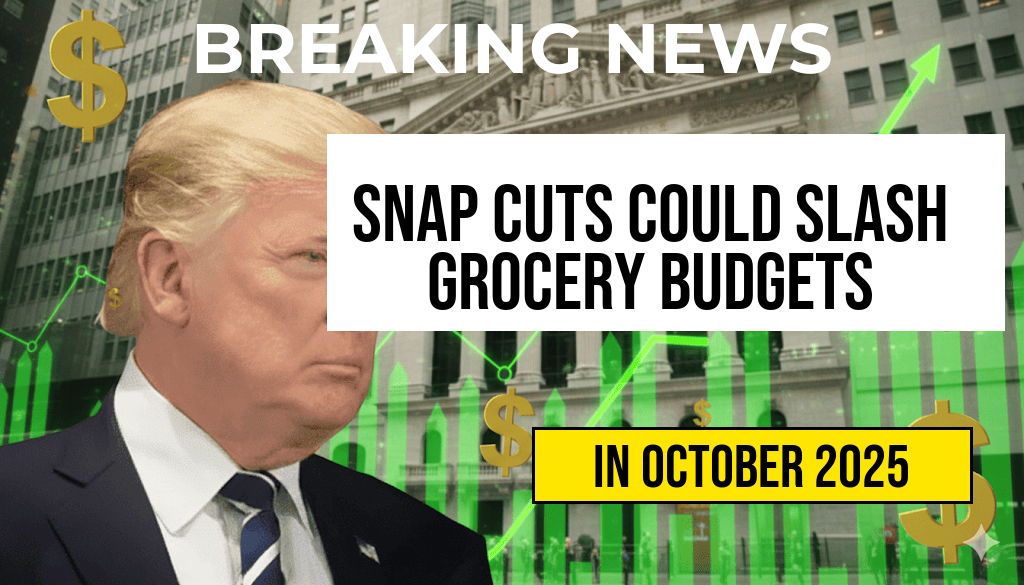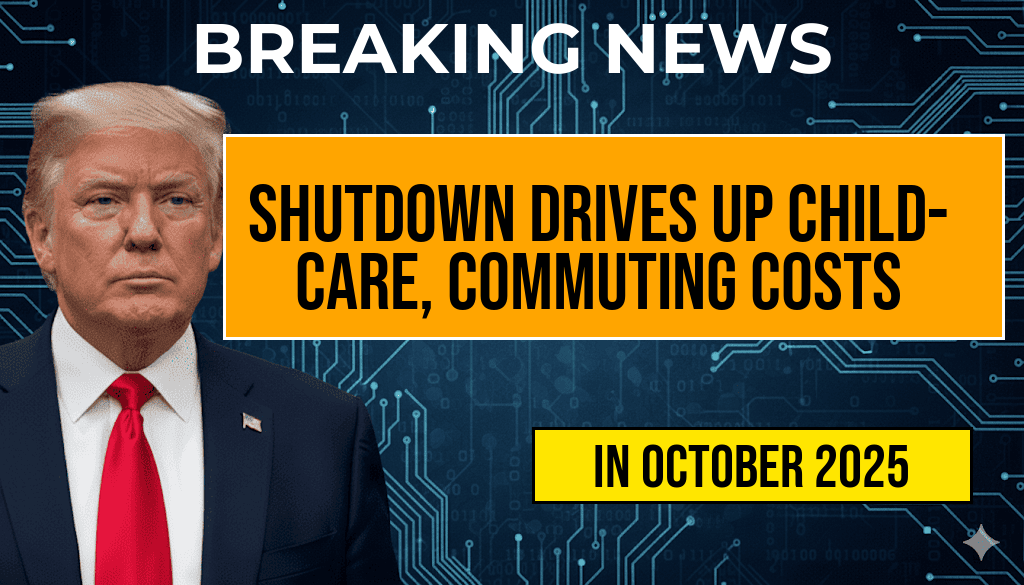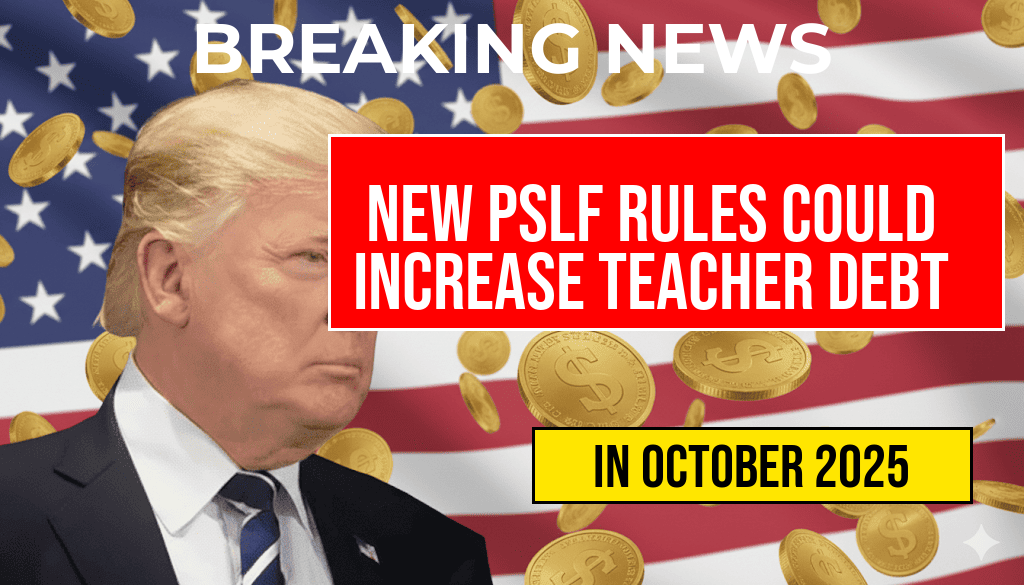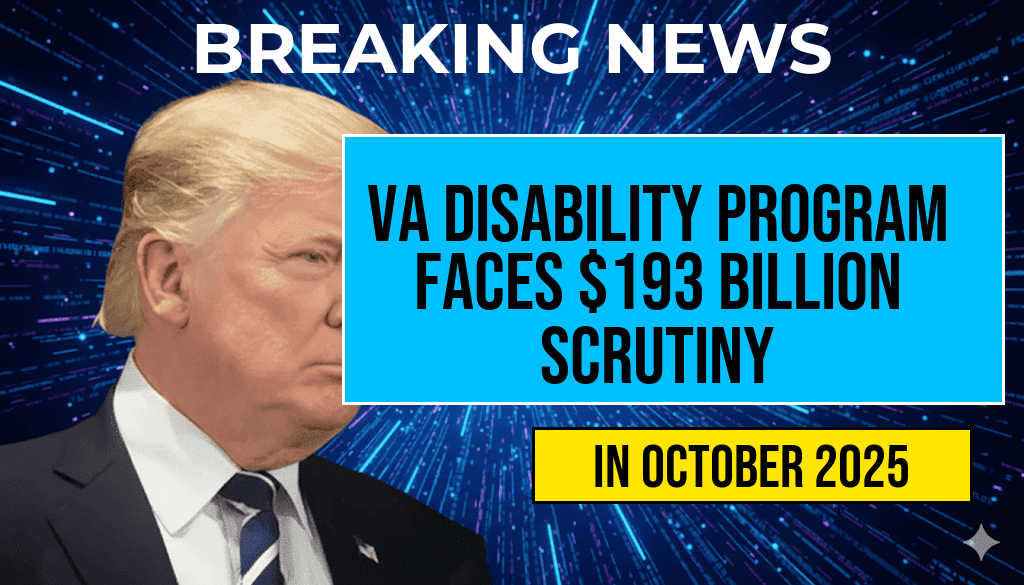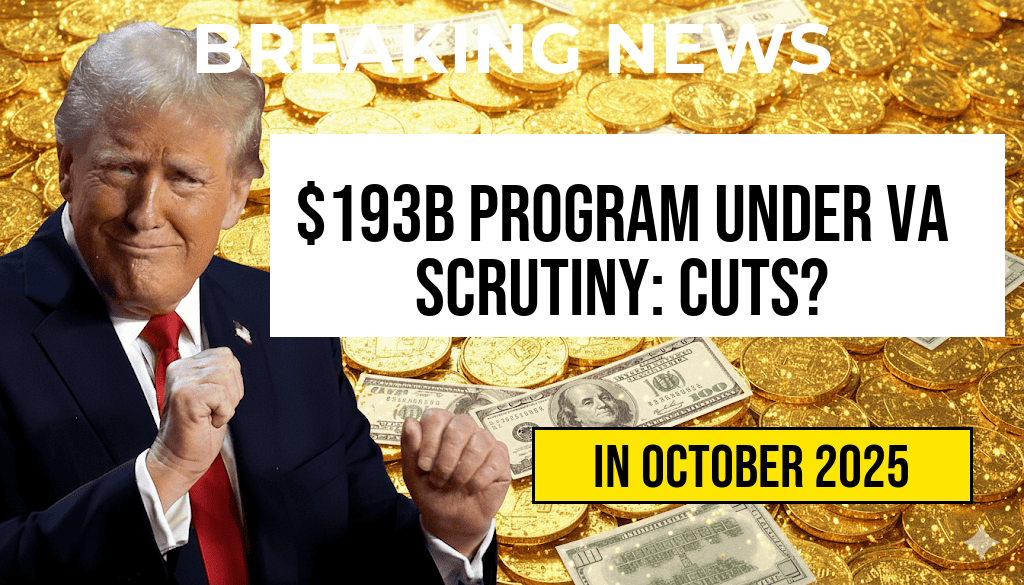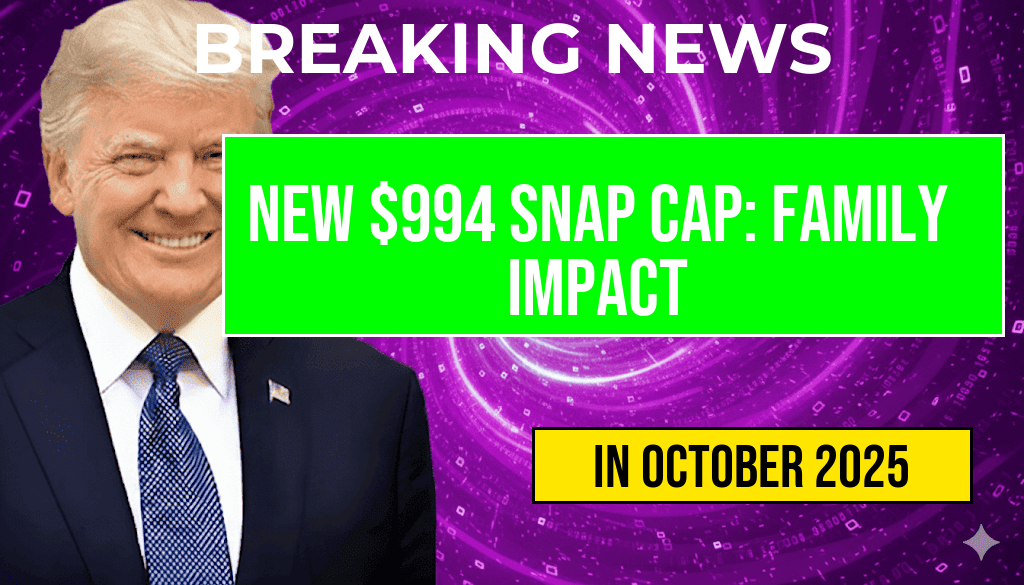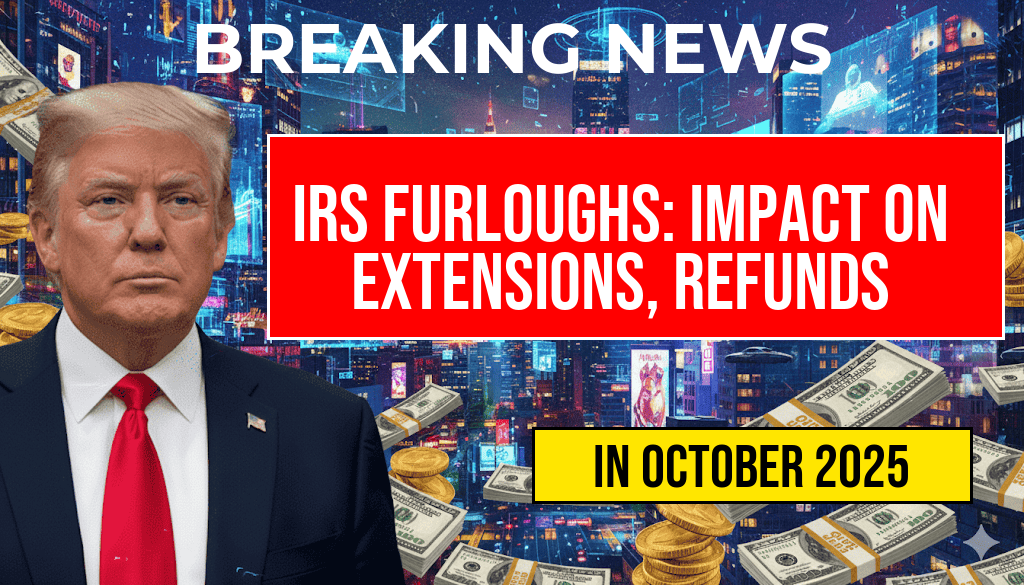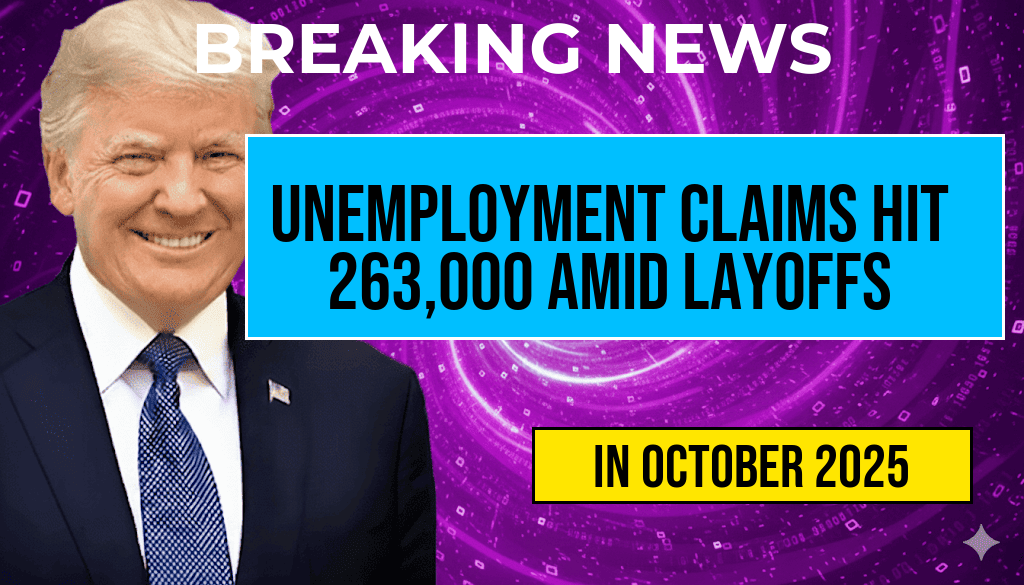The recent changes to the Public Service Loan Forgiveness (PSLF) program may have unintended consequences for educators across the United States. New regulations, implemented by the Biden administration, aim to streamline the loan forgiveness process for teachers and other public service workers. However, many educators are now facing an unexpected outcome: an extension of their student loan debt by thousands of dollars, potentially delaying their financial relief by years. These regulatory updates, while designed to benefit public servants, have sparked concern among teachers who already struggle with student loan burdens. This article explores the implications of the new PSLF regulations, how they impact teachers, and what options are available for those affected.
Understanding the New PSLF Regulations
The PSLF program was established to encourage individuals to pursue careers in public service by forgiving their federal student loans after 120 qualifying monthly payments. Initially, the program was rife with complexities, leading to widespread confusion and disqualification of many applicants. The recent regulatory changes were intended to simplify the process and expand eligibility, but they have resulted in some educators experiencing increased debt.
Key Changes and Their Impact
Under the new regulations, several provisions have been introduced:
- Expanded Eligibility: More types of federal loans and repayment plans now qualify for PSLF.
- Payment Count Adjustments: Certain previously ineligible payments may now count toward the forgiveness threshold.
- Temporary Waivers: A temporary waiver period allows borrowers to receive credit for payments that would not typically qualify.
Despite these improvements, many teachers have reported that the complexities of the regulations have led to confusion regarding their specific situations. As a result, some educators find themselves in a position where they may need to extend their repayment periods, leading to thousands of dollars in additional debt.
Teachers at Risk of Increased Debt
The impact of these changes has been particularly significant for teachers, many of whom already face financial challenges. Due to the nature of their loan repayment plans, some may end up accumulating more interest over extended payment periods. A recent analysis indicated that teachers might see their debt increase by an average of $14,000 as they navigate the new system.
Voices from the Education Community
Many educators have expressed frustration with the new regulations. Sarah Johnson, a high school math teacher from Ohio, shared her experience: “I thought I was on track to have my loans forgiven, but now I’m finding out that I might need to pay for years longer than I anticipated. It feels like a betrayal, especially when we’re already underpaid and overworked.” Educators like Johnson are advocating for clearer communication from the Department of Education regarding the PSLF process.
What Can Affected Educators Do?
For teachers grappling with the implications of the new PSLF regulations, several steps can help navigate the complexities:
- Stay Informed: Regularly check the official Federal Student Aid website for updates on PSLF and eligibility requirements.
- Seek Guidance: Utilize resources such as financial aid offices or nonprofit organizations specializing in student loan advice.
- Document Everything: Keep meticulous records of payments, communication with loan servicers, and any documentation related to employment in public service.
Additionally, teachers may explore alternative repayment options, such as income-driven repayment plans, which can provide relief based on income levels.
Conclusion
The new PSLF regulations have created a complex landscape for teachers seeking loan forgiveness. While aimed at providing relief, these changes have inadvertently extended debt for many, highlighting the need for continued advocacy and clarity in the loan forgiveness process. As educators navigate these shifts, it is essential for them to remain proactive in seeking information and support.
For more information on the PSLF program and the recent changes, educators can visit [Federal Student Aid](https://studentaid.gov/pslf) and [Forbes](https://www.forbes.com/advisor/student-loans/public-service-loan-forgiveness/).
Frequently Asked Questions
What are the new PSLF regulations affecting teachers?
The new Public Service Loan Forgiveness (PSLF) regulations may result in teachers facing extended repayment periods, potentially increasing their student loan debt by thousands of dollars.
How do the new regulations impact teachers’ loan forgiveness?
The updated PSLF regulations could alter the eligibility criteria and repayment terms, making it more challenging for teachers to qualify for loan forgiveness under the program.
What should teachers do to prepare for these changes?
Teachers should review their loan statuses, stay informed about the latest PSLF updates, and consider consulting with a financial advisor to understand how these changes may affect their financial situations.
Are there any alternatives to PSLF for teachers?
Yes, teachers may explore other repayment options such as income-driven repayment plans, which can help manage payments based on their income, or state-specific forgiveness programs.
When will the new PSLF regulations take effect?
The exact implementation date for the new PSLF regulations has yet to be announced, but teachers should stay vigilant for updates from the U.S. Department of Education regarding any changes to the program.


